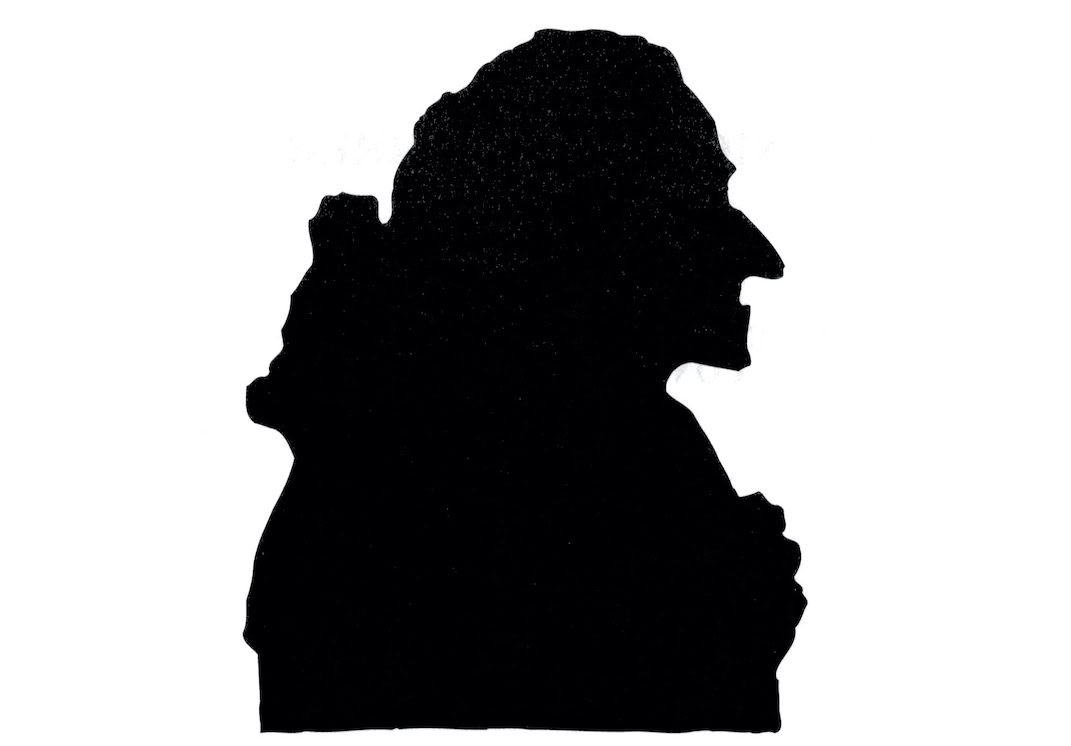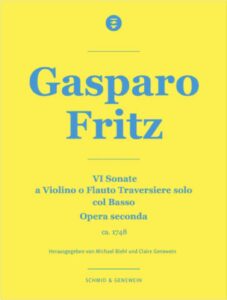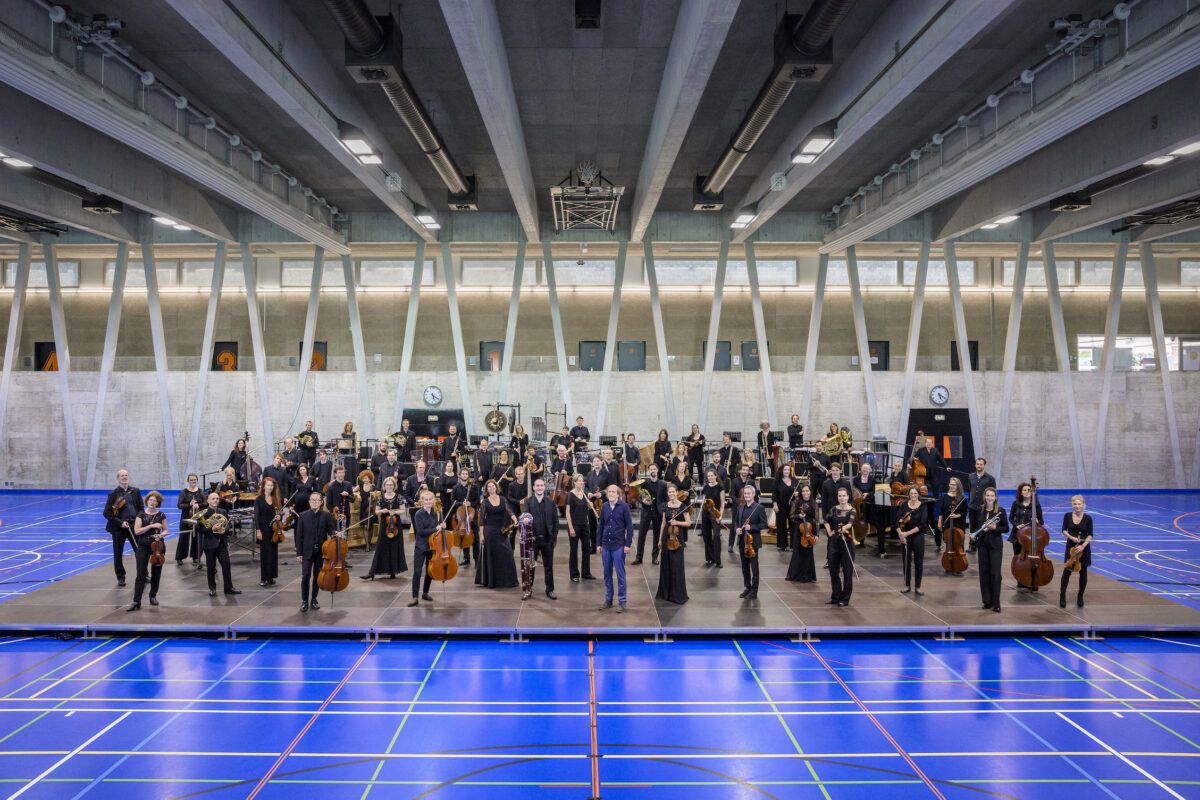Rococo for flute or violin
The Zurich publisher Schmid & Genewein has reissued Gasparo Fritz's Opus 2: six sonatas that can be classified as rococo.

The Geneva-born composer Gasparo Fritz (1716-1783) became particularly well known for his chamber music. He came from a musical dynasty, received a profound musical education and studied the violin in Italy with Giovanni Battista Somis, a pupil of Arcangelo Corelli. It can be said that the author's Italian influence is also clearly audible in his style and is evident in the melodic design and structural clarity of his works.
Published by Michael Biehl and Claire Genewein in collaboration with Peter Schmid, the VI Sonata a Violino o Flauto Traversiere solo col Basso op. 2 are among the composer's most outstanding works. Players have the choice between violin and flute as solo instruments. In some passages, alternative versions are given depending on the instrument.
Character
Nicola Schneider explains in the preface that the concept of a musical rococo undoubtedly applies to these sonatas. They often manifest a form of elegance that is considered characteristic of the transitional phase to the Classical period. Baroque formal rigor is combined with gallant lines, clear melodies and dialogic interplay. The flute is often led in a lively musical dialog with the bass voice with a distinctly fine feeling for cantabile lines, for example in the Andante in the 1st Sonata.
All of Gasparo Fritz's sonatas display galant elements, for example in ornamentation, lightness, dance-like rhythms and a certain grace. In addition, colorfulness is created by the numerous written-out ornaments as well as a longer composed cadenza in the Adagio of the 2nd sonata. The rapid changes of affect and the varied articulation often have the narrative effect of a story with many facets. The movement models are mostly in three movements and sometimes lead to a playful final movement with virtuoso variations, such as in the 4th sonata.
Echoes
Two significant parallels to other flute sonatas that last for several bars are striking: The first bars of the Andante from the 4th sonata are similar to the opening theme of Johann Sebastian Bach's Sonata in B minor BWV 1030 and in the cantabile Largo of the 2nd sonata there is an audible echo of the Siciliano from the Flute Sonata in E flat major BWV 1031 attributed to Carl Philipp Emanuel Bach.
Source situation
The first publication of these sonatas to feature a suspended continuo was the work by Frank Martin. Michael Biehl's intention with his continuo realization is to give a wider audience the opportunity to interpret the work and points out that this is only one possibility and that the figures could not have been written by Gaspard Fritz, but by his editor, as no autograph of the sonatas exists.
The lavish edition published by Schmid & Genewein in Zurich is based on the original print with an upper part and a figured bass, which is kept in the Zentralbibliothek Zürich, and also adopts its dynamic indications. It includes as scores the upper part with the continuo set out by Michael Biehl and, in accordance with the original, the upper part with figured bass, in two copies for the convenience of performers. A detailed critical report with numerous notes on the sonatas rounds off this new edition, which is successful in every respect.

Gasparo Fritz: VI Sonate a Violino o Flauto Traversiere solo col Basso, edited by Michael Biehl and Claire Genewein, SG010, Fr. 54.00, Schmid & Genewein, Zurich






